For pest control engineers operating in the UAE and Dubai, adhering to stringent safety protocols when using pesticides is criitical to protecting both public health and the environment. Given the unique climatic and ecological conditions of the region, it is essential to follow specific guidelines to ensure effective pest management while minimizing risks، Here, we will share a comprehensive Guide to Pesticide Safety for Pest Control Engineers in the UAE.
Comprehensive Guide to Pesticide Safety for Pest Control Engineers
This guide provides comprehensive safety measures for pesticide application, from preparation and usage to post-application procedures. By understanding and implementing these protocols, pest control professionals can enhance their effectiveness, safeguard human and animal health, and contribute to the sustainable management of local ecosystems.
The article covers several critical points that all workers in pest control, whether agricultural or public health-related, must be thoroughly familiar with, both theoretically and practically:
Precautions Before Using and Handling Pesticides
- Ensure the pesticide is registered in your country before use.
- Read and follow the instructions on the label before opening and using the pesticide.
- Check the pesticide’s validity, usage instructions, recommended dosage, and safety period.
- Ensure the pesticide is effective against the target pest and suitable for the recommended crop.
- Do not use household pesticides meant for public health pests on trees and plants, as aerosols can harm plants due to the organic solvents carrying the active ingredient.
- Close all beehives and do not release them into the field until an appropriate time has passed according to the pesticide type and agricultural advisor’s instructions.
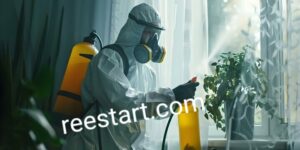
Precautions During Pesticide Application
- Do not open the pesticide container and smell it to identify it.
- Do not mix pesticides without confirming compatibility according to manufacturer instructions.
- Know the harvest withholding period and do not harvest during this period.
- Do not use pesticides in quantities higher than specified on the label.
- Avoid spraying during high temperatures and strong winds.
- Prefer to spray in the morning after dew has evaporated or at sunset, with the wind direction to avoid inhalation.
- Wear protective clothing, headgear, face cover, goggles, gloves, and non-permeable footwear. Follow the manufacturer’s and agricultural advisor’s safety recommendations.
- Avoid spraying during the flowering period.
- Use a high-quality sprayer with adjustable droplet sizes.
- Spray plants and leaves when dry, avoiding droplets of dew.
- Ensure full coverage when using non-systemic pesticides.
- Use a long sprayer nozzle or ladder for tall trees, and avoid sitting under trees while spraying to minimize pesticide exposure.
- Prefer using the appropriate amount of pesticide for a single application.
- Wash hands thoroughly with soap and water after mixing, filling, and spraying, and shower if possible.
Protective Clothing and Personal Safety Equipment (PPE)
- Eye Protection, Ensure cleanliness before wearing and adjust to fit comfortably.
- Use UV-resistant lenses and keep them clean and safe from dust and light.
- Gloves, Wear chemical-resistant gloves for handling pesticides and avoid cotton or leather gloves unless specified. Clean gloves before removing them.
- Footwear, Use chemical-resistant rubber or PVC boots. Ensure they are clean, in good condition, and cover the lower legs to prevent pesticide ingress.
- Protective Clothing, Wear a long coat or coveralls over work clothes, ensuring it covers the entire body. Use garments that are resistant to pesticide absorption and easy to clean.
- Respirators, Use respirators to protect lungs from inhaling pesticide vapors, droplets, or dust. Ensure it is in good condition and fits properly.
- Head Protection,Wear a hat or head cover to protect from pesticide droplets and ensure it is secure and does not absorb pesticides.
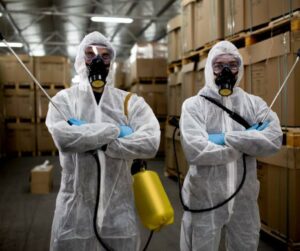
Pesticide Effects and Personal Safety
Pesticides can enter the body through skin, inhalation, or ingestion. Take measures to prevent exposure, such as not eating, drinking, or smoking while handling pesticides, and thoroughly washing hands and face before these activities.
Wear PPE when handling, transferring, or cleaning pesticides. Avoid touching your face with contaminated gloves or hands.
Actions in Case of Pesticide Poisoning
- Stop work immediately and seek medical help by calling emergency services.
- Remove the person from the exposure source, strip contaminated clothing, and wash the body with plenty of water.
- For eye contamination, rinse with clean water and cover with sterile dressings until medical help arrives.
- If ingested, do not induce vomiting unless indicated by the pesticide label. Keep the patient comfortable and warm until medical help is available.
- In case of unconsciousness, check for breathing and pulse; if absent, perform CPR and ensure the patient does not inhale or ingest the pesticide during resuscitation.
- Provide the medical personnel with the pesticide’s information sheet or packaging for accurate treatment.
Actions in Case of Suspected Animal Poisoning
- Remove animals and bees from suspected contaminated areas and follow individual protective measures.
- Inform a veterinarian with details about the suspected pesticide, including its name, active ingredient, and toxicity.
- Wear protective clothing when handling pesticide spills in fields or storage areas.
General Precautions for Pesticide Use
- Use pesticides in the recommended quantities and avoid overuse to prevent resistance and additional costs.
- Conduct pest control at the appropriate times specified by agricultural advisors.
- Ensure spraying equipment is clean before use and mix pesticides properly.
- Perform spraying during calm conditions and avoid spraying on stressed or recently watered plants.
- Ensure no animals are present in the treatment area.
- Avoid eating, drinking, or smoking during pesticide handling.
- Do not wash equipment in animal grazing areas or dispose of rinse water in water bodies.
- Dispose of empty pesticide containers properly and avoid using them for other purposes.
- Limit pesticide application to a maximum of 6 hours and seek medical advice if any symptoms of discomfort occur.
It is essential for every agricultural engineer, technician, or worker in the agricultural field to be well-versed in pesticide safety standards to protect themselves, their environment, and ensure the provision of safe food. Misuse or excessive use of pesticides can lead to serious health issues like poisoning, kidney failure, or cancers, highlighting the importance of adhering to safety guidelines.

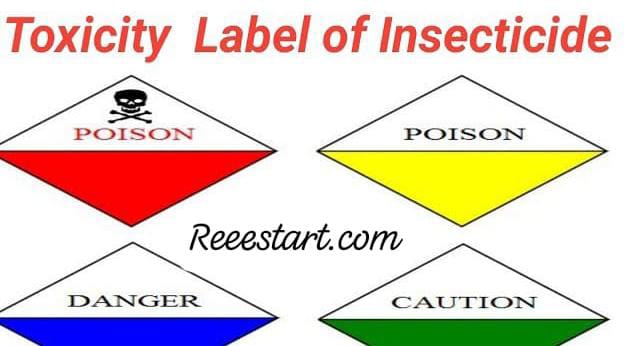
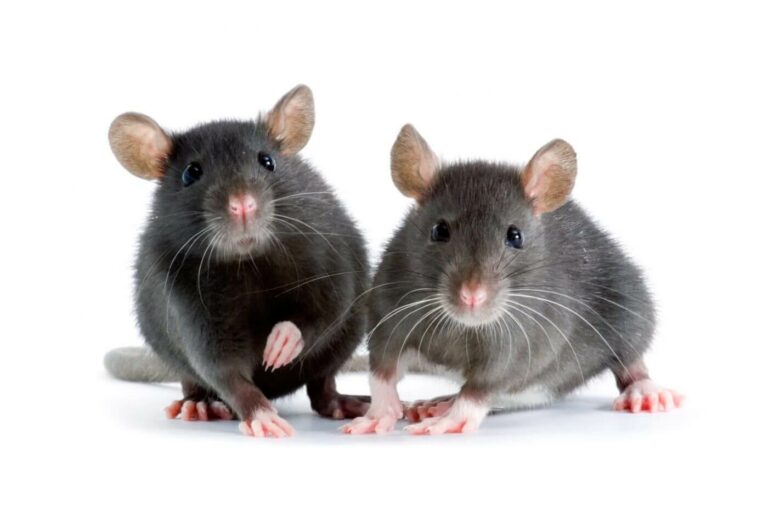
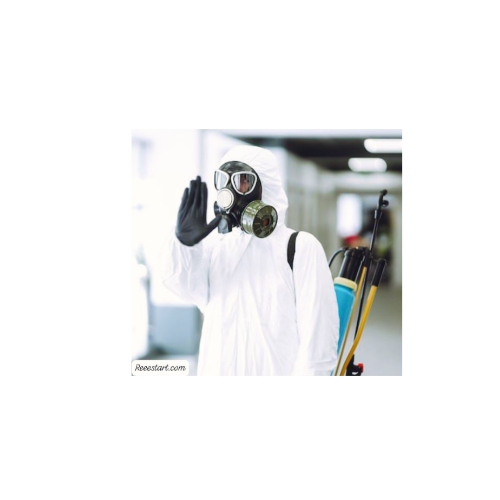

It is very helpful
Can you pl. share all this in pdf on my email so that i can take a print and keep for my further discussion with client
Thank you , contact what’s app